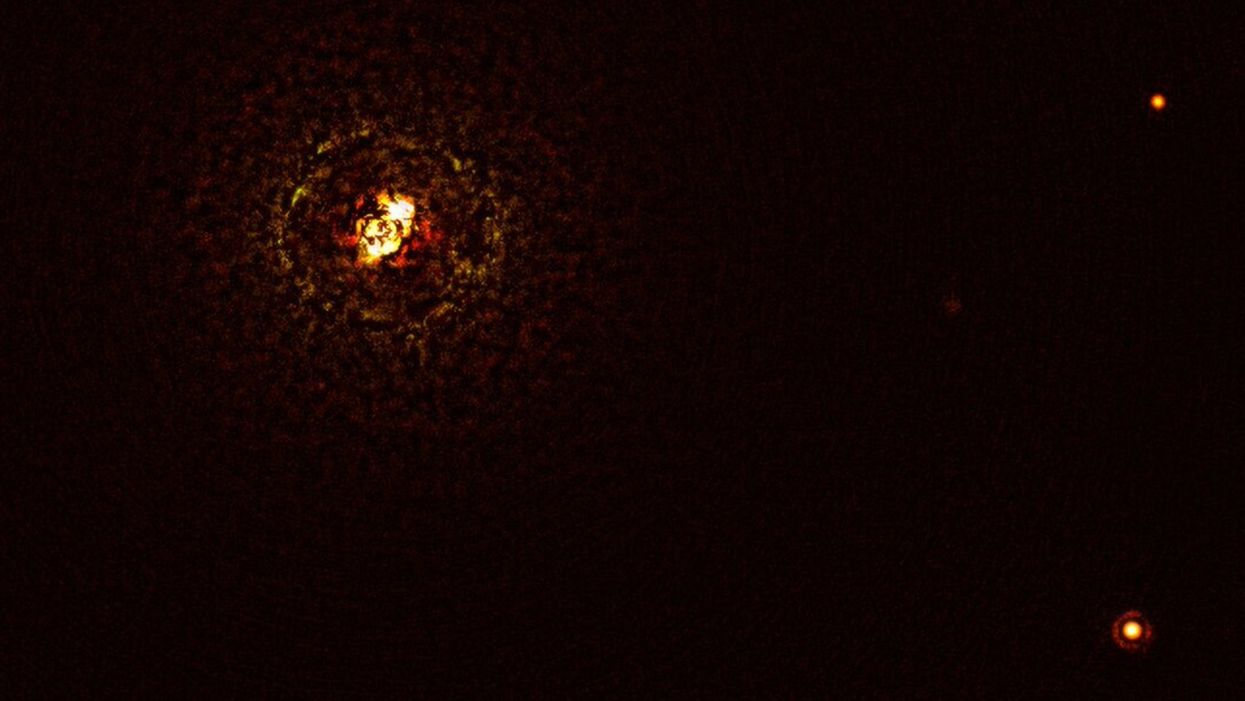Scientists were left baffled after discovering a giant planet orbiting the hottest two-star system – until now, no planet has been spotted around such a massive star, more than three times as big as the sun.
The exoplanet confused researchers because such a world should not exist. Located 325 light-years from Earth, it is moving around b Centauri.
Astronomer at Stockholm University in Sweden, Markus Janson and first author of the new study published in Nature, said: “Finding a planet around b Centauri was very exciting, since it completely changes the picture about massive stars as planet hosts.”
While most massive stars are also scorching, this system is no exception. The astronomers noted that its main star is a so-called B-type star over three times as hot as the sun, emitting a notable amount of X-ray and ultraviolet radiation.
Sign up to our new free Indy100 weekly newsletter
“B-type stars are generally considered as quite destructive and dangerous environments, so it was believed that it should be exceedingly difficult to form large planets around them,” Janson explained, but now the newly discovered planet shows they can form in such star systems.
Co-author Gayathri Viswanath, a PhD student at Stockholm University, added: “The planet in b Centauri is an alien world in an environment that is completely different from what we experience here on Earth and in our Solar System,”
“It’s a harsh environment, dominated by extreme radiation, where everything is on a gigantic scale: the stars are bigger, the planet is bigger, the distances are bigger.”
Janson and his colleagues came across b Cen b on March 20 2019 and then again on April 10 2021, in Chile. They used the Spectro-Polarimetric High-contrast Exoplanet Research instrument (SPHERE) mounted on the European Southern Observatory’s Very Large Telescope (ESO’s VLT).
The full research titled, “A wide-orbit giant planet in the high-mass b Centauri binary system” can be found published in Nature.














